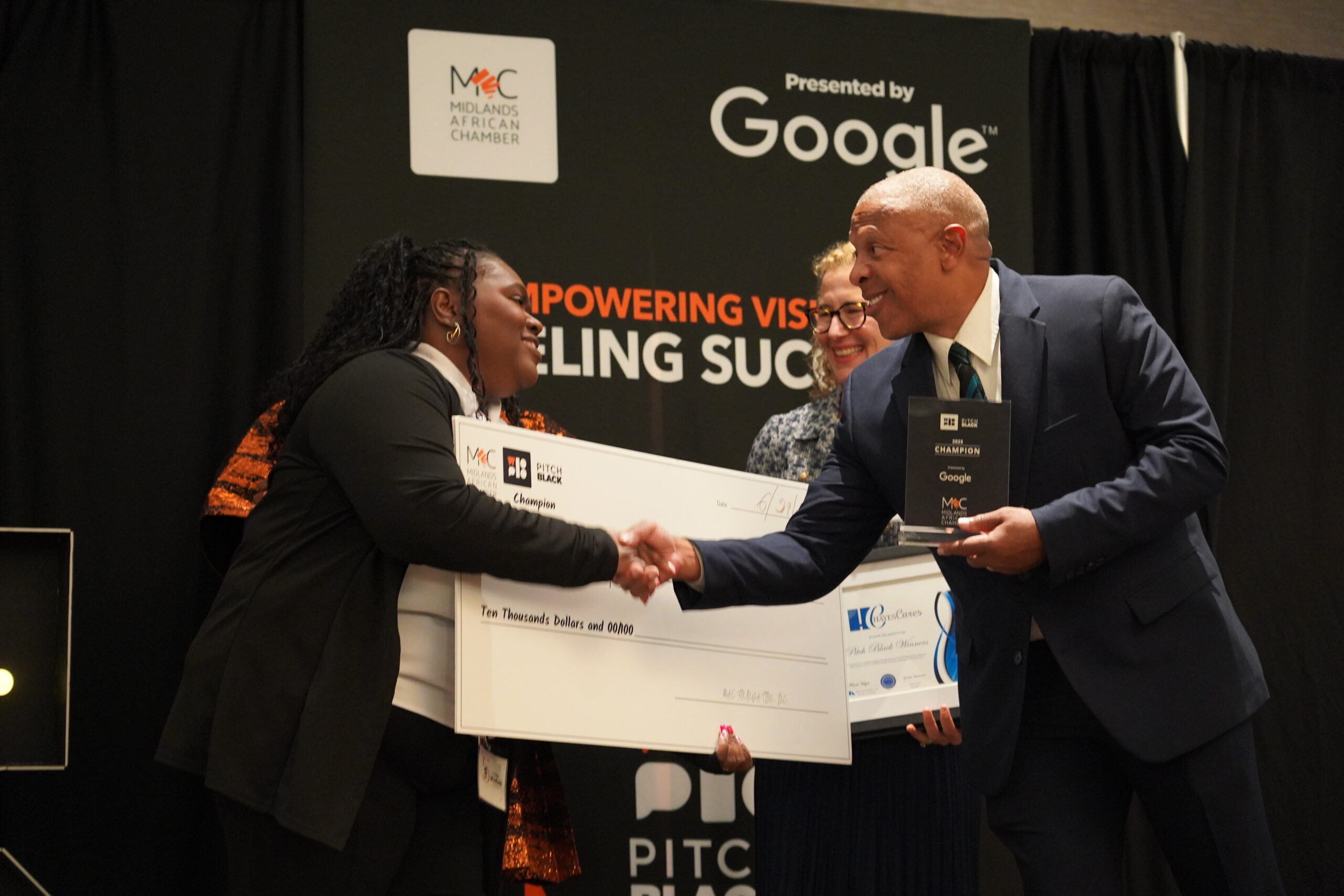
by Cedar Robinson and Bruce Warner, Managing Directors of Warner Robinson LLC
Many start-ups or early stage companies are looking to generate additional cash or to save operating expenses. Likewise, most start-up companies are developing either a new product, new software, new manufacturing processes, or a new service that relies on software and technology.
The research and development (R&D) tax credit can provide a relatively easy to obtain source of funds or reduced expenses in 2018 for many qualifying start-up companies. In fact, eligible companies can receive a cash benefit of up to $250,000 to offset their payroll taxes in 2018.
This opportunity is based on a December 2015 law change (that was part of the PATH Act) called the R&D Credit Payroll Tax Election. This law change allows certain businesses to elect to apply their R&D Income tax credit against the company’s share of social security payroll tax (FICA) liability.
In general, the R&D credit is claimed on a company’s (or in the case of a flow-through entity, its shareholders, or partners) income tax return. However, most start-ups are not able to benefit from the R&D credit on their income tax return because the R&D credit is not refundable and can only be used to offset the income tax liability of the company or in the case of a flow-through company, the shareholders or partners tax liability from the business generating the R&D credit. Now, under this new law, eligible businesses can make an election on their income tax return to apply the R&D credits against certain payroll taxes.
Qualified Small Business Requirements. A start-up company or business that incurs expenses to develop or improve products, software or manufacturing processes will almost certainly be eligible for R&D credits. However, there are two primary requirements a business must meet to be eligible to make the payroll tax election:
- First the gross receipts of the business must be less than $5,000,000 in the tax year the company would like to make the election.
- Secondly, the company’s tax year must be within its first 5 years of generating revenue.
Accordingly, any business with gross receipts of 4,999,999 or less in 2017, who started generating revenue no earlier than the 2013 tax year, would still be eligible to make the payroll tax credit election for its 2017 tax year and apply the R&D credit towards its payroll tax liability in 2018
Payroll Credit Election & Basic Process. A company will first claim the R&D credit on Federal Tax Form 6765 which is included with the Company’s income tax filing. The company may, by election on Form 6765, elect to use some or all (up to $250,000) of its R&D income tax credits against its payroll taxes. After making the proper election, beginning in the first payroll tax quarter after the income tax return is filed, a Form 8974 is completed and included with the company’s quarterly payroll tax filing on Form 941.
After the election is made, the R&D Credits are then used to offset the employer’s share of the FICA tax on a quarterly basis until they are used up. The larger the amount of a company’s payroll tax, the sooner they will fully utilize the R&D credits. Any R&D credits that are not used in one quarter will carry forward to the following quarter.
For example, if a company made the election and had $10,000 in R&D credit, but only had a quarterly FICA tax liability of $5,000 per quarter, then it would take two quarters to fully utilize the R&D Credits. Most start-up clients can utilize their R&D Credits within a few payroll quarters or sooner, but each company is different, and this should be analyzed up front.
What is the expected Cash Benefit?
Most businesses want to know how much R&D credit benefit they can generate. The typical cash benefit is between 6% to 10% of the qualifying R&D spend. For example, if a client had $1,000,000 in qualifying R&D expenses, then the R&D credits available to offset payroll taxes would typically range from $60,000 to $100,000. Using 2016 as a frame of reference, most Warner Robinson LLC start-up clients were in a common range of $75,000 to $125,000 in actual credits generated and a few were able to hit the $250,000-maximum election.
Success Factors
The R&D Credit is a very complicated area of the tax law, but most start-ups should be taking advantage of this opportunity. There are a few success factors that are very important:
- Timing is Critical. For 2017 tax year, companies must make this election on their original timely filed tax return (including extension).
- Evaluate the opportunity up front. We typically offer a free phase 1 to assess the level of R&D credit available and understand the usability of the credits against income or payroll taxes.
- Documentation is important. The IRS can audit the R&D Tax Credits. Putting together the proper documentation during the original study is important.
- Companies not eligible to make the payroll credit election can and often do benefit from the income tax R&D credit once they become profitable.
Since this law change took effect last year, Warner Robinson LLC has helped many start-ups and early stage business identify, maximize, and document their R&D Credits.
Please reach out to Warner Robinson directly if you would like to consider a free scoping of your company’s R&D tax credit situation.
*****
This post was sponsored by Warner Robinson LLC.
About the Authors: Cedar Robinson and Bruce Warner are the co-founders and Managing Directors of Warner Robinson LLC. Based in Kansas City, MO, Warner Robinson is one the nation’s leading R&D tax credit consulting firms. Cedar and Bruce each have over 24 years dedicated to R&D Credits consulting experience including many start-up and early stage clients as well as mid-size and large businesses. Warner Robinson’s expertise crosses many industries including software, technology, consumer and industrial manufacturing, architecture and engineering, financial services, and energy sectors. You can reach the with the contact info below, or visit www.warner-robinson.com.
Cedar Robinson, cedar@warner-robinson.com, 816-600-6150
Bruce Warner, bruce@warner-robinson.com, 913-522-6420
Todd Malouf, todd




